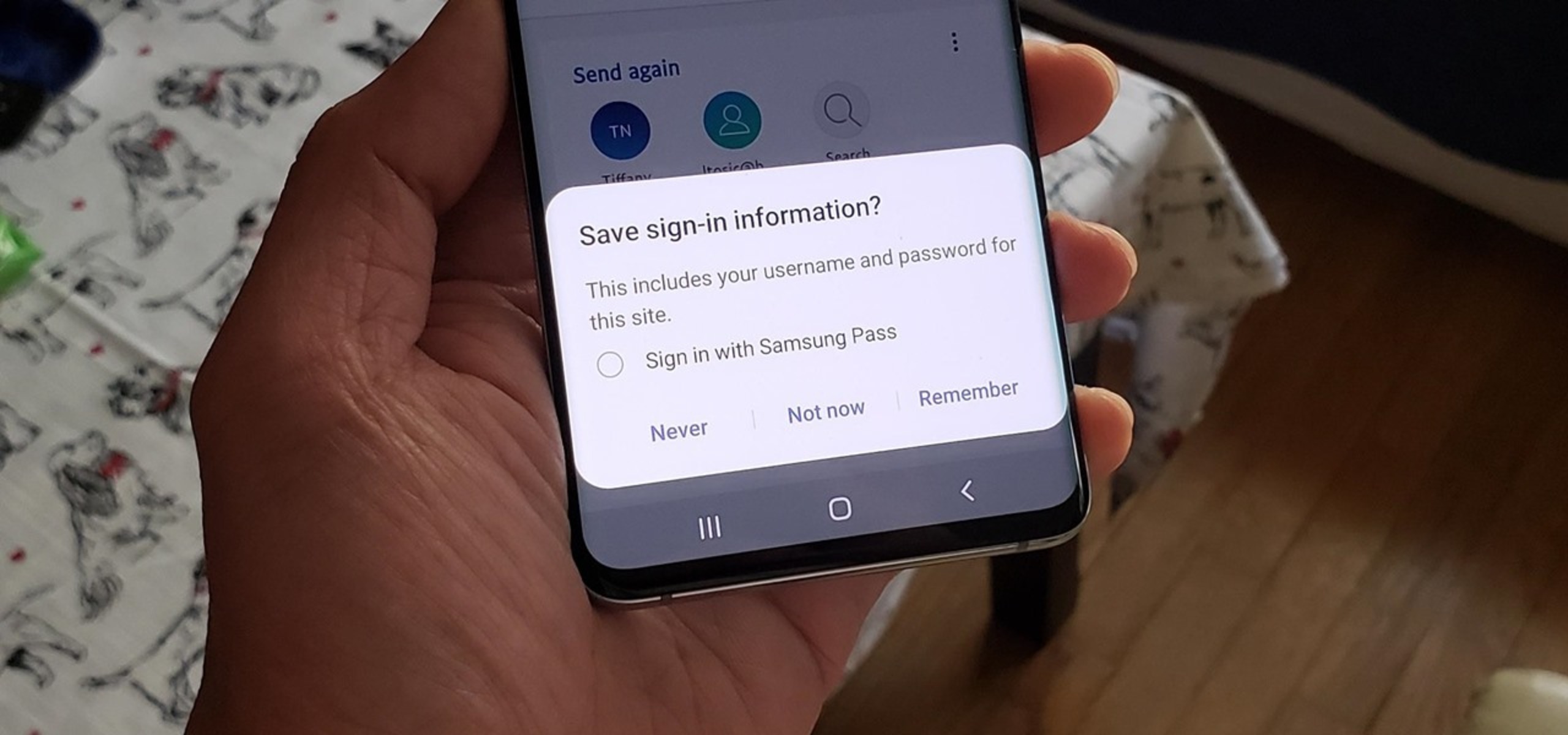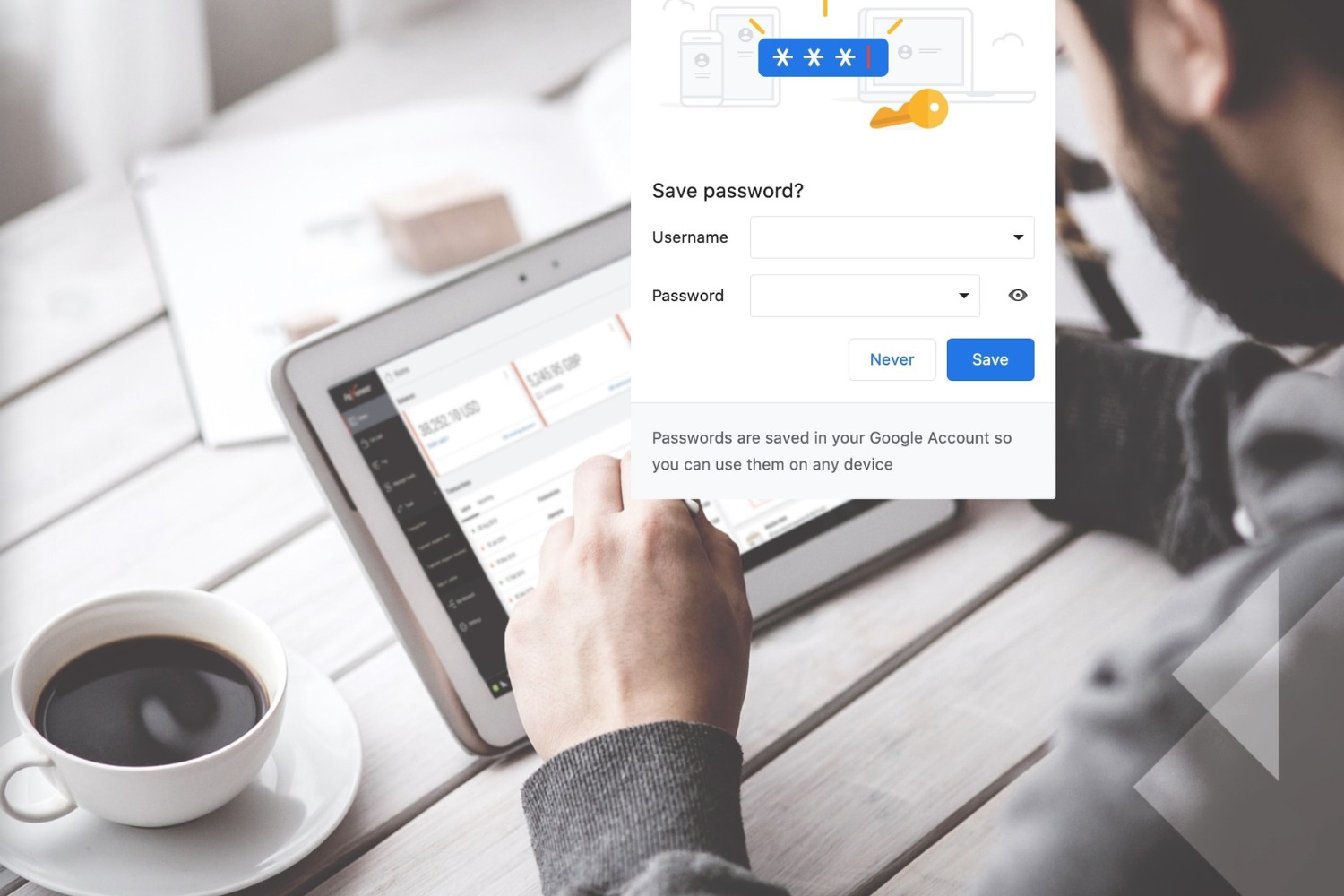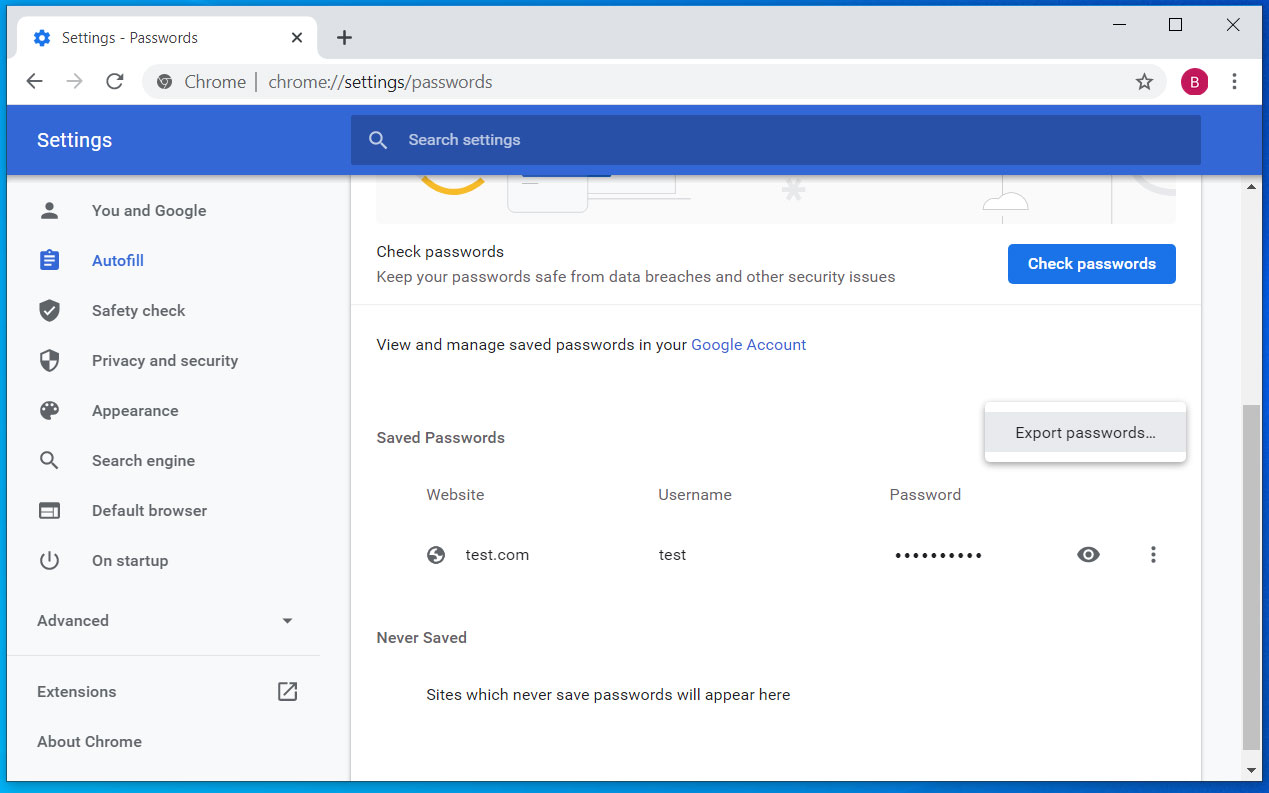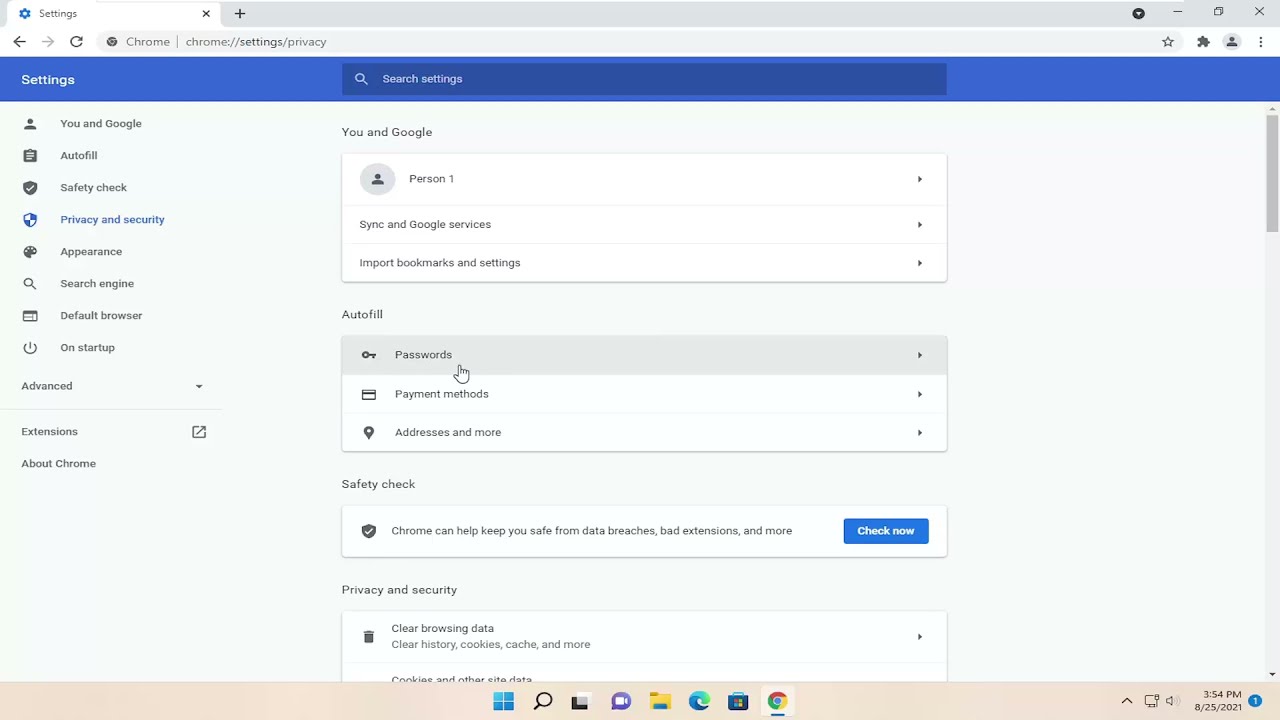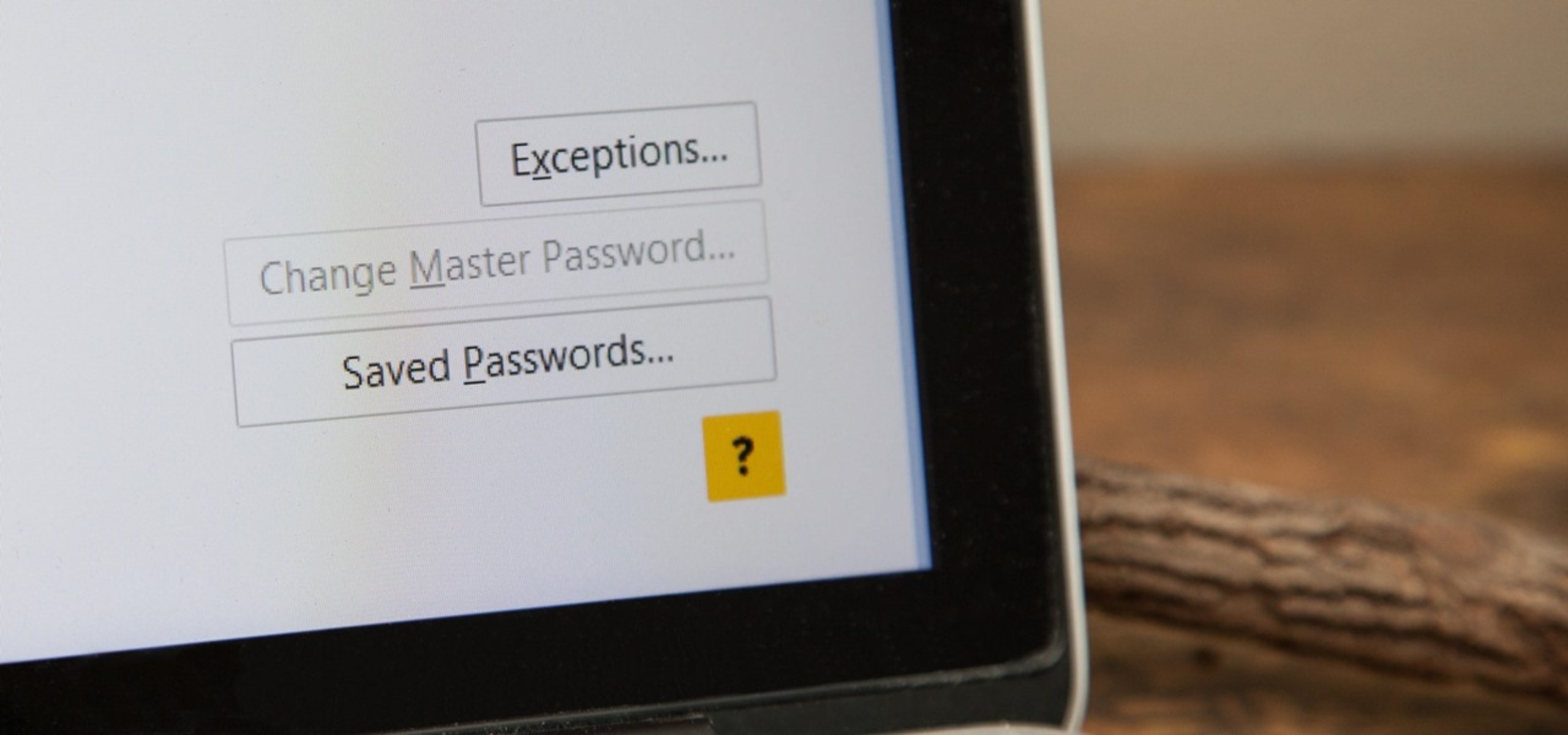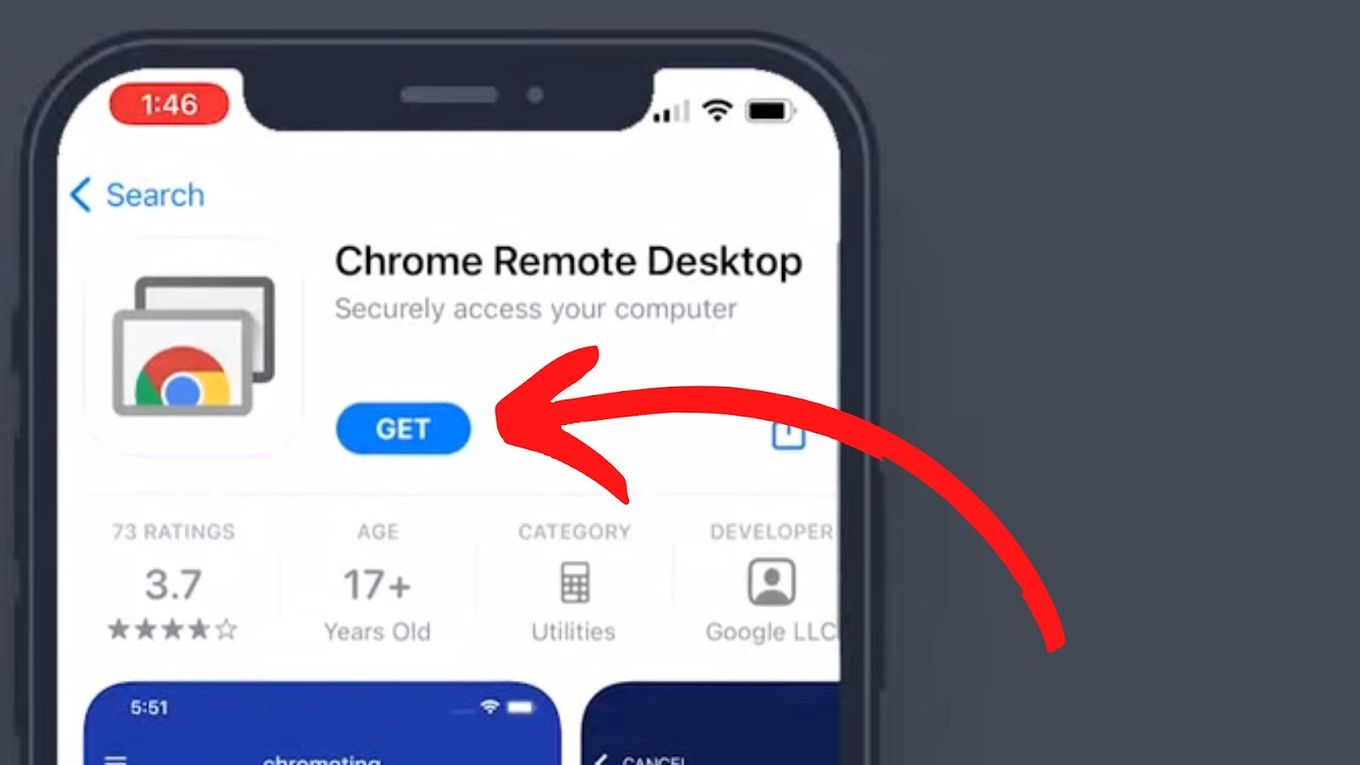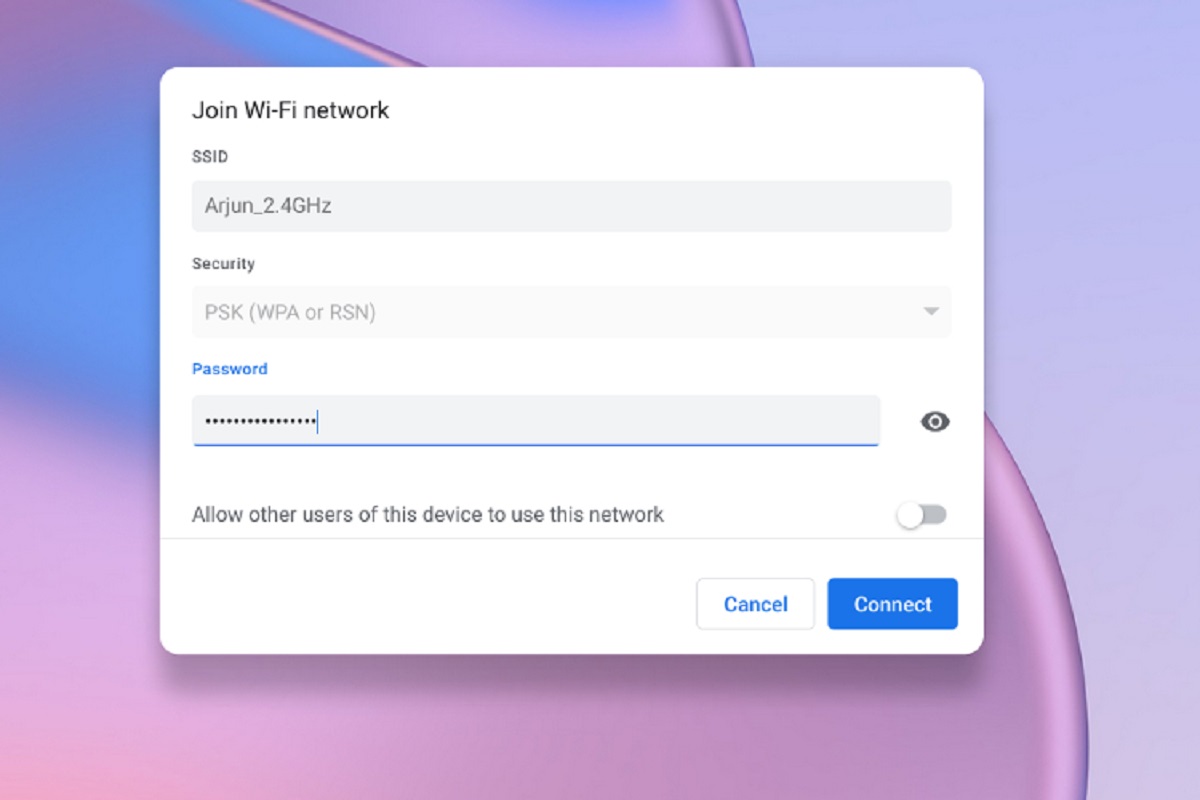Introduction
In today's digital age, where online activities have become an integral part of our daily lives, the importance of securing our digital accounts cannot be overstated. With the multitude of websites and online services requiring login credentials, it's easy to fall into the habit of using the same password across multiple platforms or resorting to easily memorable, yet weak, passwords. This is where the convenience of web browsers, such as Google Chrome, comes into play.
Google Chrome offers a built-in feature that allows users to save and manage their passwords securely. By leveraging this functionality, users can create strong, unique passwords for each website and have them stored securely within the browser. This not only eliminates the need to remember numerous complex passwords but also enhances the overall security of online accounts.
In this comprehensive guide, we will delve into the intricacies of Chrome's password-saving capabilities. From enabling the feature to managing saved passwords, we will walk you through the entire process, ensuring that you can harness the full potential of Chrome's password management functionality. Whether you're a seasoned Chrome user or a newcomer to the platform, this guide will equip you with the knowledge and tools to safeguard your online accounts effectively.
So, if you've ever found yourself struggling to keep track of your passwords or hesitated to create unique ones due to the fear of forgetting them, fret not. By the end of this guide, you'll be well-versed in the art of harnessing Chrome's password-saving prowess, empowering you to navigate the digital realm with confidence and peace of mind. Let's embark on this journey to unlock the potential of Chrome's password-saving capabilities together.
Enable Password Saving in Chrome
Enabling the password-saving feature in Google Chrome is a straightforward process that can significantly streamline your online experience. By allowing Chrome to save your passwords, you can avoid the hassle of repeatedly entering login credentials for your favorite websites. Here's how you can enable this convenient functionality:
-
Access Chrome Settings: To begin, open Google Chrome on your computer or mobile device. Click on the three-dot menu icon located in the top-right corner of the browser window. From the dropdown menu, select "Settings" to access the browser's configuration options.
-
Navigate to Passwords: Within the Settings menu, scroll down and click on "Passwords" under the "Autofill" section. This will take you to the password management interface, where you can customize Chrome's password-saving behavior.
-
Enable Offer to Save Passwords: Once you're in the Passwords section, ensure that the "Offer to save passwords" toggle switch is turned on. This setting prompts Chrome to offer to save your passwords whenever you log in to a new website or update an existing password.
-
Optional: Allow Syncing: If you use Chrome across multiple devices and wish to sync your saved passwords, you can enable the "Offer to save passwords" and "Auto Sign-in" options under the "Sync and Google Services" section in Chrome's settings. This ensures that your saved passwords are accessible across all your signed-in devices.
-
Verify Settings: After making the necessary adjustments, it's a good practice to verify that the changes have been applied. You can do this by visiting a website where you need to log in. If the "Save password" prompt appears, it indicates that the password-saving feature is now active.
By following these simple steps, you can empower Chrome to save your passwords securely, streamlining your online interactions and bolstering the security of your digital accounts. With this feature enabled, you can bid farewell to the inconvenience of repeatedly entering login credentials and embrace a more seamless and secure browsing experience.
Remember, while Chrome's password-saving functionality offers convenience, it's crucial to ensure that your device is secure and that you exercise caution when saving passwords, especially on shared or public devices. By leveraging this feature responsibly, you can harness the full potential of Chrome's password-saving capabilities while safeguarding your online accounts effectively.
Save a Password in Chrome
Saving a password in Google Chrome is a seamless process that can significantly enhance your browsing experience. Once you've enabled the password-saving feature in Chrome, the browser will prompt you to save your login credentials when you sign in to a website for the first time or update an existing password. Here's a detailed walkthrough of how to save a password in Chrome:
-
Login to a Website: Navigate to the website for which you want to save the login credentials. Enter your username and password in the respective fields and proceed to log in.
-
Save the Password: Upon successful login, Chrome will typically display a prompt at the top of the browser window, asking if you want to save the password for the current site. You can click "Save" to store the login credentials securely within Chrome.
-
Review and Edit: In some cases, you may want to review or edit the saved password for a particular website. To do this, you can access the password management interface by going to Chrome Settings > Passwords. Here, you can view a list of saved passwords and make any necessary edits or deletions.
-
Auto Sign-in: Once a password is saved for a website, Chrome can automatically fill in the login credentials for you the next time you visit the site. This streamlined process eliminates the need to manually enter your username and password, saving you time and effort.
-
Security Considerations: While Chrome securely encrypts and stores saved passwords, it's important to exercise caution when saving passwords, especially on shared or public devices. Additionally, it's advisable to use strong, unique passwords for each website to bolster the security of your online accounts.
By following these steps, you can leverage Chrome's password-saving functionality to simplify your online interactions and fortify the security of your digital accounts. With the ability to save and autofill passwords, Chrome empowers you to navigate the web with ease, allowing you to focus on what matters most without the hassle of repeatedly entering login credentials.
Remember, the convenience of saved passwords should be complemented by a proactive approach to online security. By utilizing Chrome's password-saving feature responsibly and in conjunction with best security practices, you can harness its benefits while safeguarding your digital presence effectively.
Manage Saved Passwords in Chrome
Managing saved passwords in Google Chrome is an essential aspect of maintaining a secure and organized digital presence. Once you've accumulated a collection of saved passwords, it's crucial to know how to access, review, and update them as needed. Chrome provides a user-friendly interface that allows you to manage your saved passwords efficiently. Here's a detailed guide on how to navigate and utilize the password management functionality in Chrome:
-
Access Password Management Interface: To begin managing your saved passwords, open Google Chrome and click on the three-dot menu icon in the top-right corner of the browser window. From the dropdown menu, select "Settings." Within the Settings menu, scroll down and click on "Passwords" under the "Autofill" section. This will take you to the password management interface, where you can view and edit your saved passwords.
-
View Saved Passwords: In the password management interface, you will see a list of websites for which you have saved passwords. Each entry typically includes the website's URL, your username or email associated with the account, and an option to reveal the saved password. This allows you to easily access and review your saved credentials for various websites.
-
Edit or Delete Saved Passwords: If you need to make changes to a saved password, such as updating the login credentials or removing an entry, Chrome provides straightforward options to do so. You can click on the specific entry for a website to edit the saved username or password, or choose to delete the saved password altogether.
-
Security Considerations: While managing saved passwords, it's important to prioritize security. Chrome encrypts and stores saved passwords securely, but it's advisable to exercise caution, especially on shared or public devices. Additionally, regularly reviewing and updating your saved passwords, as well as using unique and robust passwords for each website, contributes to a proactive approach to online security.
-
Syncing Saved Passwords: If you use Chrome across multiple devices and have enabled password syncing, any changes made to saved passwords on one device will be reflected across all your signed-in devices. This seamless synchronization ensures that your updated passwords are readily available whenever and wherever you need them.
By mastering the art of managing saved passwords in Chrome, you can maintain a well-organized and secure digital identity. Whether it's reviewing, editing, or deleting saved passwords, Chrome's password management interface equips you with the tools to stay in control of your online accounts effectively. With a proactive approach to password management and security, you can harness the full potential of Chrome's password-saving capabilities while safeguarding your digital presence with confidence.
Conclusion
In conclusion, Google Chrome's password-saving feature serves as a valuable ally in the realm of online security and convenience. By enabling this functionality, users can streamline their digital interactions, save time, and bolster the security of their online accounts. The ability to save and manage passwords within Chrome empowers individuals to navigate the web with confidence, knowing that their login credentials are securely stored and easily accessible.
As we've explored in this guide, enabling password saving in Chrome is a simple yet impactful process. By accessing the browser's settings and activating the "Offer to save passwords" option, users can initiate a seamless journey towards a more efficient and secure online experience. Furthermore, the option to sync saved passwords across multiple devices ensures that users can access their credentials wherever they go, without compromising security.
Saving a password in Chrome is equally straightforward, with the browser prompting users to store their login credentials upon successful authentication. This streamlined process eliminates the need to repeatedly enter usernames and passwords, allowing users to focus on their online activities without unnecessary interruptions.
The management of saved passwords in Chrome is a critical aspect of maintaining a secure digital presence. The ability to review, edit, and delete saved passwords provides users with the necessary tools to stay in control of their online accounts. Additionally, the seamless synchronization of saved passwords across devices ensures that users can effortlessly access their updated credentials whenever and wherever they need them.
It's important to note that while Chrome's password-saving feature offers unparalleled convenience, users should exercise caution and adhere to best security practices. This includes using strong, unique passwords for each website, regularly reviewing and updating saved credentials, and being mindful of security considerations, especially when using shared or public devices.
In essence, by harnessing the full potential of Chrome's password-saving capabilities and adopting a proactive approach to online security, users can navigate the digital landscape with peace of mind. The convenience and security offered by Chrome's password-saving feature are invaluable assets in today's interconnected world, empowering users to embrace the digital realm with confidence and efficiency.







